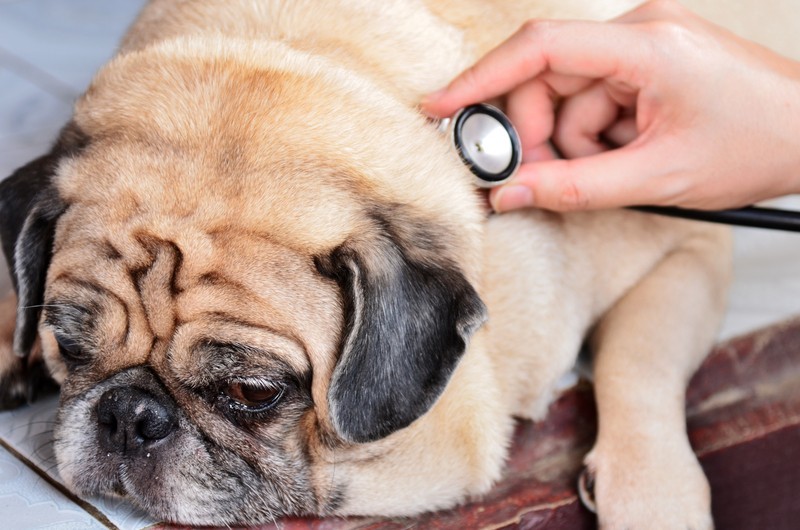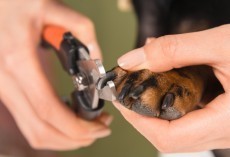The ensuing are a few things to watch for in your dog if you have concerns that he is not well. We know it would be so much easier if they could speak to us but, without that, keep an eye out on the following:
Stomach Ache Or Loss of Appetite
It’s not always easy to recognize tummy troubles in a dog but here are some signs: excessive drooling can indicate nausea, an animal with stomach problems may vomit, suffer from constipation, or have diarrhea.
If a dog is hurting they are less likely to eat normally. Watch for loss of appetite that might indicate pain from a stomach ailment, oral discomfort, or other conditions. If it lasts more than a day, a visit to the vet is in order.Panting
Excessive panting, especially when accompanied by trembling, can be a signal that your dog is in pain. While panting is fairly normal for dogs, if they are panting at odd times or for no reason. If you notice your dog panting in the middle of the night or in an airconditioned room, check for other indications of pain. Pain can cause changes in breathing, including an irregular respiratory rate.Restlessness Or Change In Sleep Habit
A dog with pain can be restless and exhibit an inability to get comfortable and lay still. Pacing, repeatedly readjusting position or getting up and down frequently are all good cause for concern. Sleep patterns can be affected as well. A dog in pain might sleep more than usual or could have difficulty sleeping.
And there are, of course, even more things to watch for including vocalization, limping, behavior and temperament. To read more visit Dogtime!
It’s not a stretch that our dogs are a part of the family and if you see any of the above symptoms don’t hesitate to call or take Fido to a vet. Remember, like our human children they often need tender loving doctor care too!









